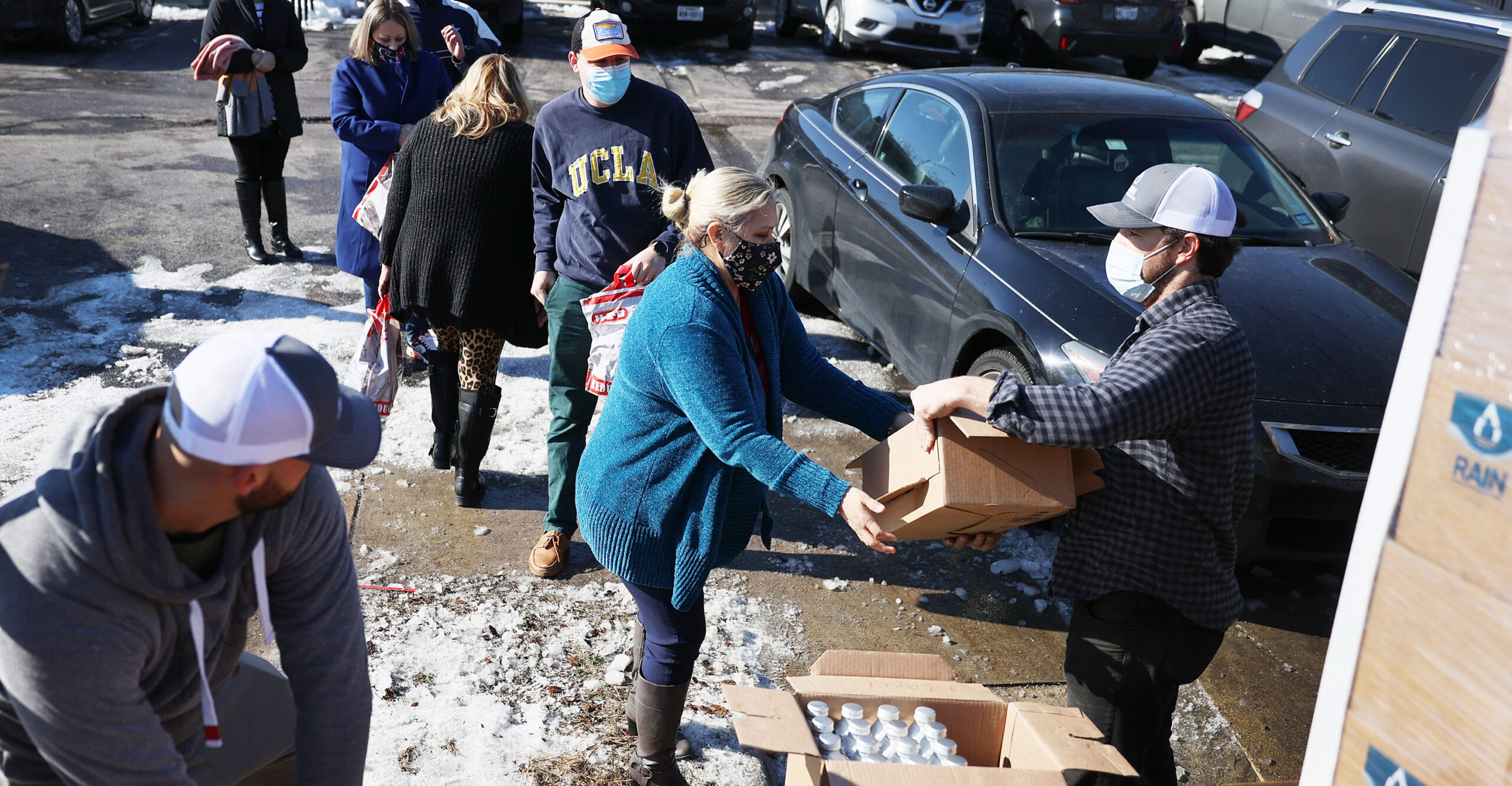As millions of Texans suffer from a lack of electric power, heat, and water, the “never let a crisis go to waste” crowd is in full swing on both sides of the political aisle.
Half-truths and misinformation have flooded social media outlets and policy discussions, blaming specific fuel sources, the deregulated structure of Texas’ electricity grid, and a lack of government oversight.
>>> VIRTUAL EVENT: Take a closer look at President Joe Biden’s executive actions and commitments on energy and climate change on March 9. Register here.
More facts will come to light, and ex post facto analysis will be helpful in understanding what went wrong and how to cost-effectively improve reliability.
Electricity markets are exceeding complex, and at the risk of trivializing that complexity and nuance, many of the issues boil down to demand, supply, and managing risk.
On the demand side, a severe winter storm with record-low temperatures sent energy demand through the roof. In the wintertime, there is additional demand for natural gas, as 40% of Texas’ buildings use natural gas for fuel, with the other 60% using electric heat. As a result, natural gas that would otherwise go to power plants for electricity delivery is going directly to homes for heat.
As Joshua Rhodes, a research associate at the University of Texas at Austin, points out, homes there are built more for summer than winter. “While homes that are built up north are designed to hold heat in, our homes are basically designed to keep heat out and get it out as fast as we can. So, we’re not designed for this,” he said.
On the supply side, the cold weather, snow, and ice adversely affected everything from fuel supply to power generation.
Yes, snow-covered solar panels and wind turbines froze. But much more, natural gas supply was unavailable, for a variety of reasons. Production wells froze, and natural gas couldn’t be pumped out of the ground because pumping stations need electricity to work.
Pipes froze or ice built up and blocked the flow of natural gas.
Further, the cold weather also forced a nuclear power plant to go offline. Several power plants were offline due to scheduled maintenance, which exacerbated the supply-side challenges.
Another supply issue that warrants scrutiny is how local utilities administered rolling or rotating blackouts.
Rolling blackouts are critical for a number of reasons. First, they can help prevent widespread collapse of the entire grid. If the controlled outages had not occurred when they did, the grid could have been offline for months.
Rolling blackouts are also critical in protecting public health by rotating across the region to keep people warm and provide access for essentials.
As Devin Hartman, the director of energy and environment policy for the free market think tank R Street Institute, wrote this week:
Inoperable heating systems are a nuisance for a half hour. They are deadly for days. Unfortunately, this reality is evident in Texas.
This makes limiting the duration of customer outages arguably more important for public health than keeping the total number of outages down.
Per protocol, rolling blackouts cut off customers typically for about 20 to 30 minutes. Yet many Texans have been without power for days, while others never experienced an outage, even in the same metro area.
Why rotating blackouts aren’t rotating is one problem policymakers should seek to fix.
Part of the explanation is that because so much power generation was offline, sustained blackouts were the only way to keep the essential areas (hospitals, water facilities, etc.) online.
An important lesson learned will be how local utilities can improve the use of rolling blackouts when an extreme weather event inflicts massive strain on the grid.
Another critical issue is how to address risk and how to empower markets to accurately assign risk.
Individuals and company owners have different risk tolerances. A question individuals and businesses must grapple with is: How much should we pay to prepare for low-probability, high-cost events?
Those catastrophes range from a prolonged power outage to an asteroid hitting Earth to a pandemic. The “insurance” you buy to protect against the catastrophe—or whether to buy it at all—depends on a number of factors, including the likelihood of the catastrophic event, the costs of the catastrophe, and the cost of the insurance.
In this case, that insurance would come in the form of higher energy prices.
With respect to the Texas blackouts, companies could weatherize their energy infrastructure, and it might be a prudent step going forward, but it’s also going to cost consumers a lot of money. There might be opportunities to more cost-effectively improve reliability and reduce risks of extreme weather events without setting broad weatherization standards.
Fortunately, power has since come back online for hundreds of thousands of homes.
Identifying everything that went wrong will help frame the extent of the problem. Market principles will be essential to ensure that the solutions are cost-effective.
Ill-informed potshots at specific fuel sources or at Texas’ highly reputable energy system are an unnecessary distraction.
Have an opinion about this article? To sound off, please email [email protected] and we will consider publishing your remarks in our regular “We Hear You” feature.

